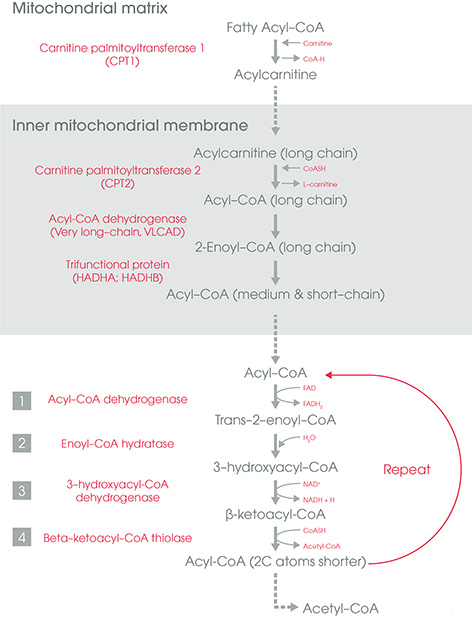Fatty Acid Activation (Cytoplasm) Before undergoing oxidation, fatty acid must be activated first by conversion into Acyl-CoA by the action of Fatty Acyl-CoA synthase (thiokinase). ATP is converted to AMP (not ADP) – 2 ATP equivalent used Uses Mg2+ as cofactor, Co-ASH and ATP Sites of Beta-oxidation A. Mitochondria: Short/Medium…
Author: Epomedicine
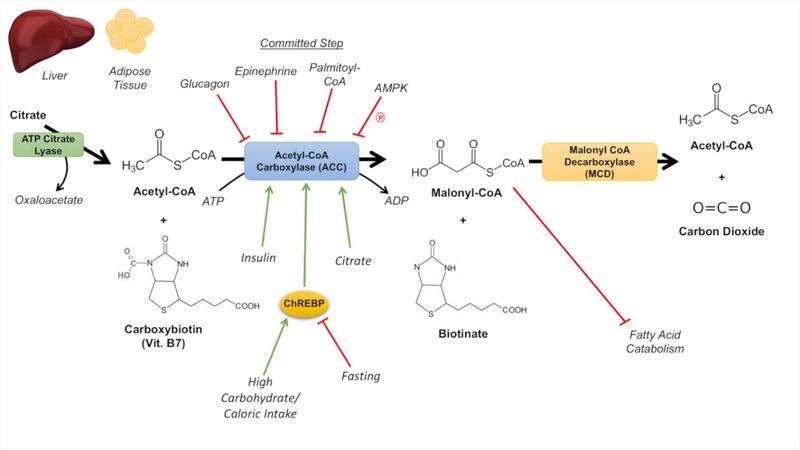
Fatty Acid Synthesis : Simplified
Enzymes: Fatty acid synthase (6 enzymes and 1 Acyl carrier protein molecule) Acetyl-CoA carboxylase (rate-limiting enzyme) Starting material: For palmitate synthesis: Acetyl-CoA For odd number carbon long chain fatty acid synthesis: Propionyl-CoA 2 Carbon donor: Malonyl-CoA (donates 2 C and 1 C is thrown out as CO2) Site: Cytosol Citrate…
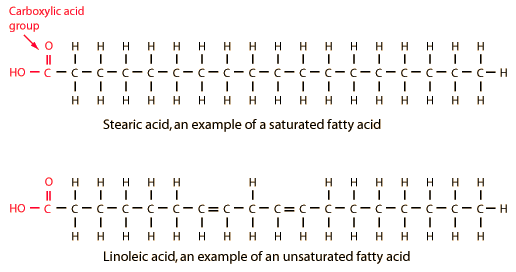
Structure of Fatty acids and Derivatives : Simplified
Structure Saturated fatty acid: Single bond (“S” for saturated and single bond) Unsaturated fatty acid: Double bond(s), i.e. “D” for Double bonds, Decreased melting temperature and Decreased atherosclerotic risk (by decreasing LDL) Trans-fatty acid: Unsaturated fatty acid which act like saturated fatty acid (hydrogenation of unsaturated fatty acid) Nomencleture: C…
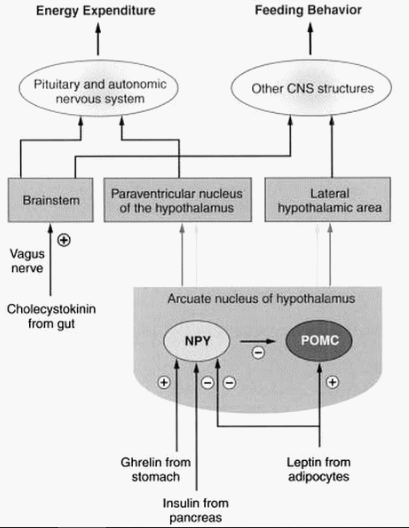
Orexigenic and Anti-orexigenic peptides : Mnemonic
Orexigenic (Appetite stimulant) peptides Mnemonic: When you see MANGOEs, you feel like eating. MCH (Melanocyte Conentrating Hormone) AGRP (Agouti Related Peptide) NPY (Neuropeptide Y), Noradrenaline GnRH, GABA, Galanin, Ghrelin Orexins A and B Endorphins, Endocannabinoids Anti-orexigenic (Appetite supressant) peptides Mnemonic: NO BLACk PIGS Neurotensin Oxytocin, Oxyntomodulin Bombesin Leptin Alpha-MSH (POMC derivative), Amylin,…

Fetal Skull Dimensions : Mnemonic
Anteroposterior Diameters Mnemonic: Larger the alphabets, larger the diameter (V>F>B) Diameters with “sub” prefix are smaller than counterpart without it. mento-Vertical: 14 cm SUB-mento-Vertical: 11.5 cm occipito-Frontal: 11.5 cm SUB-occipito-Frontal: 10.5 cm sub-occipito-Bregmatic: 9.5 cm sub-mento-Bregmatic: 9.5 cm Transverse Diameters Mnemonic: MTP (Medical Termination of Pregnancy) in increasing order. bi-Mastoid:…
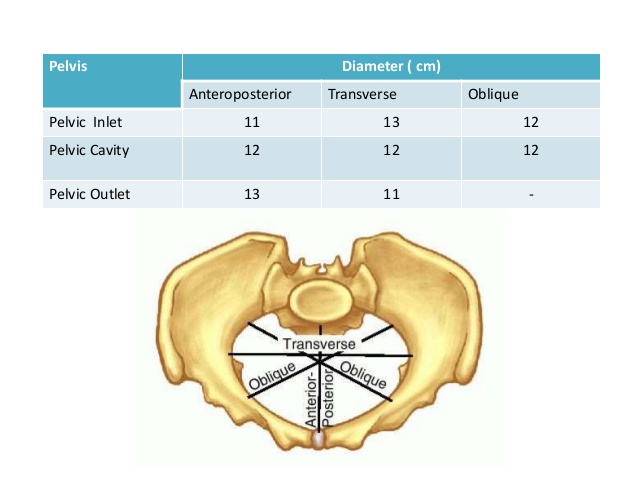
Pelvic Dimensions : Mnemonics
Shapes of the female pelvis Mnemonic: GAP (In order of most common to the least common) Only pelvis with AP diameter > Transverse diameter is Anthropoid pelvis. Mnemonic: ANthrOPoid Android and Anthropoid (AN) pelvis are common causes of occipito-posterior (OP) presentation. In platypelloid pelvis (broad and flat): Sub-public angle: It…
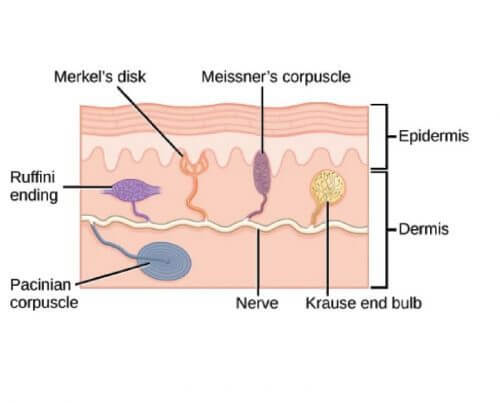
Mechanoreceptors : Mnemonic
Adaptation of Mechanoreceptors Mnemonic: Life is fast for MPs (Member of Parliament) and slow for MRs. In alphabetical order, meIssner’s come becore meRkel. Hence, Meissner’s corpuscle are the quicker among two. 1. Fast adapting receptors: MP Meissner’s corpuscle Pacinian corpuscle 2. Slowly adapting receptors: MR Merkel disc Ruffini corpuscle/ending Location of…
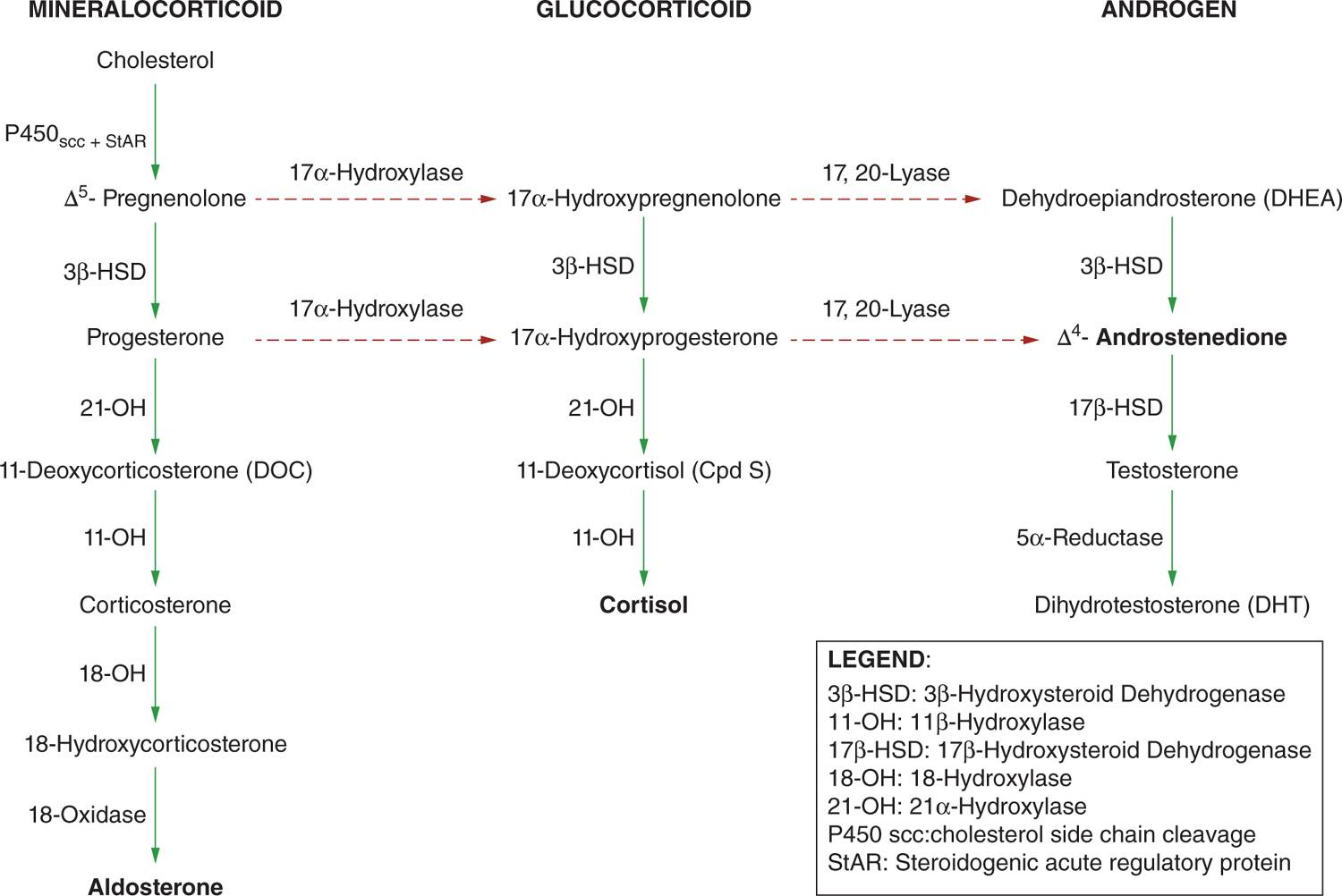
Congenital Adrenal Hyperplasia Basics : Explained with Mnemonics
Adrenal cortex synthesize steroids. Mnemonic: GFR – Salt, Sugar, Sex Zona gomerulosa: Salt (Aldosterone) Zona fasciculata: Sugar (Cortisol) Zona reticulosa: Sex (Testosterone) Congenital adrenal hyperplasia (CAH) Deficiency of 3 different enzymes can cause Congenital Adrenal Hyperplasia. Mnemonic: Remember the mnemonic GFR, first layer of cortex synthesizes aldosterone and the last layer…
